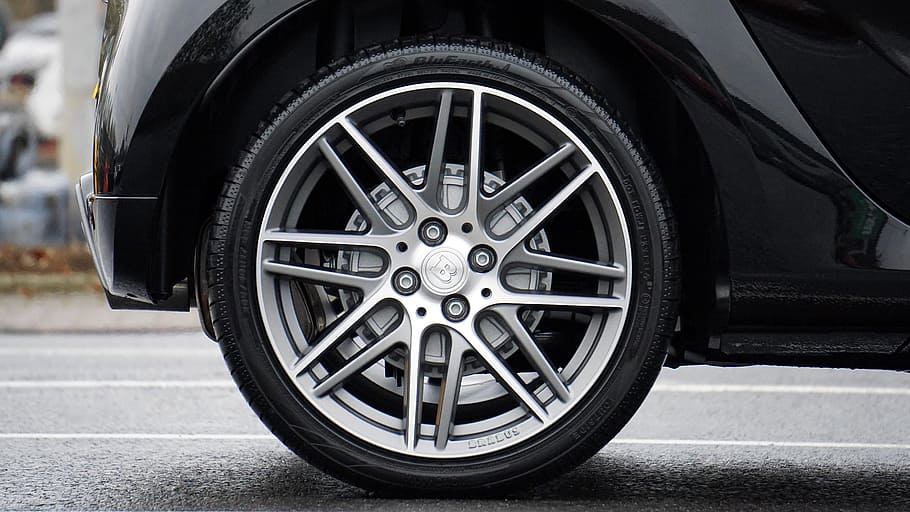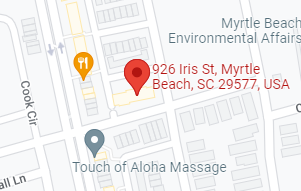
Do you check your car’s tires and treads frequently? This critical vehicle maintenance step is so important that it may even save your life.
Tires should be checked monthly for signs of tread wear and to confirm that they are properly inflated, according to the National Highway Traffic Safety Administration (NHTSA). A recent NHTSA survey reported that tire issues such as blowouts, bald tires, under-inflation and tread separation were present before 9% of all U.S. car crashes.
Driving on Under-Inflated Tires Can Be Hazardous
Driving on under-inflated tires can negatively affect your car’s performance – for example, causing longer stopping distances and sluggish handling. Under-inflated tires can also result in poor fuel economy as well as reduce the lifetime of the tire.
Many vehicles are equipped with real-time tire pressure monitoring systems, also known as TPMS. TPMS works along with your car’s antilock braking system’s wheel speed sensors. An under-inflated tire will roll at a different wheel speed than the other tires and this difference will be picked up by the car’s computer system. A dashboard indicator will light up, telling you that you have a problem with tire pressure.
However, a TPMS system won’t be activated until the tire’s inflation is down to 25% which is an already serious situation. It’s best to check your car’s tire pressure every month, either professionally or with your own tire pressure gauge.
Stay on Top of Tire Tread
Did you know that tires age even if the car isn’t being driven? And hot roads in warm weather, such as those that we all experience in South Carolina, will accelerate the aging process.
Be watchful with tire wear and follow these tips:
- Check all 4 tires monthly for tread wear. Just eye-balling it isn’t enough! Use a Lincoln penny and place it head-down in the tread. If the top of Lincoln’s head is visible, then the tread depth is less than the recommended minimum of 2/32″. It’s time to replace your tires!
- Always check your car’s owner manual for replacement specifications.
- Keep tires inflated to the correct pounds per square inch (psi). You can find this in the owner manual or on a sticker placed on the driver’s door edge.
We all spend a lot of time in our cars — let’s be safe!









